The engraved “ELWE” inscription on the front base and the presence of “A.P. Paris” metal plate holders indicate that it was imported by the Parisian firm Albert Posso, a photographic equipment distributor who marketed German-made cameras in France. Such arrangements were common during the interwar period, when manufacturers such as ICA, Ernemann, and Contessa-Nettel supplied cameras later rebranded by local retailers.
The ELWE belongs to the category of 9×12 cm folding plate cameras, the most widespread format in Europe during the 1910s and 1920s. Its body is made of metal covered with embossed black leather, with matching black leather bellows and nickel-plated fittings. The assembly unfolds on a foldable metal rail typical of field models, allowing both portable and studio use.
It is equipped with a Compur shutter made by Friedrich Deckel (Munich), patent D.R.P. no. 258646, corresponding to 1913. This top-dial shutter type was produced until the mid-1920s and was regarded as one of the most precise and durable of its time, offering speeds from 1 second to 1/250 s, as well as “B” and “T” modes. The mounted lens is an anastigmatic type with an f/4.5 aperture and an approximate focal length of 13.5 cm (135 mm), the standard for the 9×12 cm format, suitable for portraits, landscapes, or field work.
On the upper part of the front block there is a foldable bright viewfinder, while the right side features a frame or sport finder, allowing fast framing from different angles. The camera includes a metal plate holder and retains its internal focusing spool, along with a set of three original optical filters in their leather case. This accessory set, very rare to find complete, significantly increases its collectible value.
Mechanically, the camera is in good general condition. The shutter works and releases correctly, although the accuracy of all speeds has not been chronometrically verified. The bellows are intact with no visible light leaks, and the viewfinders retain their mirrors and functionality. The overall patina is consistent with its age and use, preserving an attractive historical and authentic appearance.
This example preserves an exceptionally complete set of original accessories, including three optical filters in their original metal mounts and an elegant hand-stitched leather case with a working metal clasp and period patina. The filters, presented in different shades for light correction, were used to balance exposure or alter tonality on orthochromatic plates, providing advanced creative control for their time. It also includes an “A.P. Paris” metal plate holder, evidence of its distribution in France by the Albert Posso firm, compatible with 9×12 cm plates and in excellent condition, adding considerable historical and collectible value to the ensemble.
In its characteristics, the ELWE can be compared to contemporary models such as the ICA Ideal, Voigtländer Avus, Ernemann Heag, or Contessa-Nettel Piccolette, positioning it in the mid-to-upper market segment of its time. It is, without doubt, a distinctive piece within the European panorama of 1920s plate cameras.
Today, it stands as a camera of great historical and aesthetic interest, representing the transition between traditional plate cameras and early rollfilm folding models. Its brand rarity, original Compur shutter, and complete set with filters make it a highly desirable piece for collectors and lovers of classic photography alike.
Dimensions: 12 cm × 8.5 cm (approximately 4.7 × 3.3 inches)
History and context of the ELWE brand
During the first two decades of the twentieth century, the European photographic industry experienced a close collaboration between Germany and France. German companies such as ICA, Ernemann, Contessa-Nettel, and Voigtländer produced cameras that were later distributed in France by commercial houses such as Photo-Plait or Albert Posso, which often rebranded the models with local names.
The name ELWE appears on very few known cameras, all showing technical characteristics pointing to German manufacture. It is possible that it was an acronym of the manufacturer or a trademark created for export purposes, a common practice in the interwar photographic trade.
The ELWE camera perfectly illustrates this period of industrial cooperation, combining German mechanical precision with French commercial refinement. Its Compur shutter, considered a world reference for reliability, and its 9×12 cm format, the professional standard of the time, make it a valuable testimony to early twentieth-century photographic engineering.We are professional antique dealers. To see more photos of this item, Please click on this link:
https://www.antiguedades.es/en/antique-cameras/5360-rare-antique-elwe-bellows-camera-germany-and-france-circa-1920.html


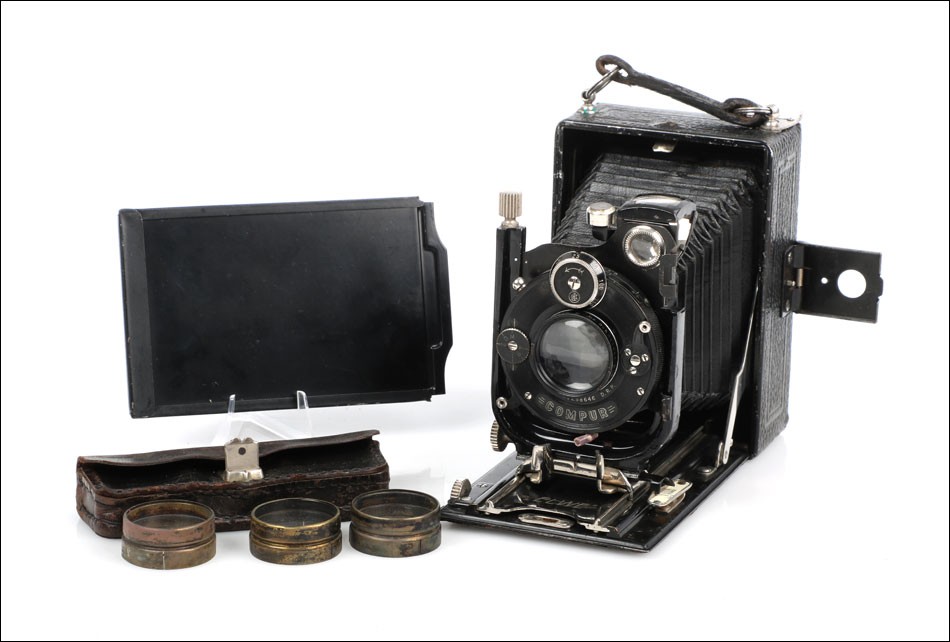









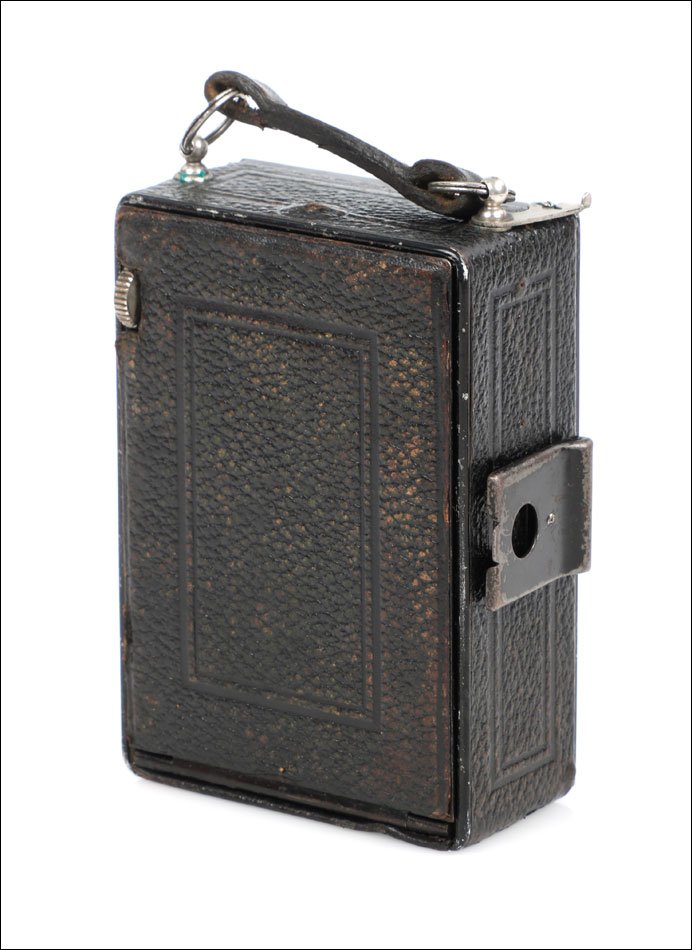














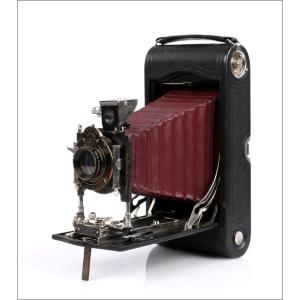








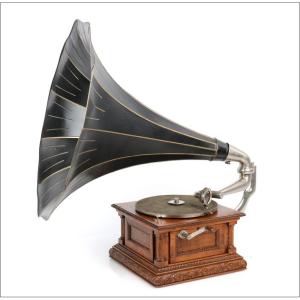

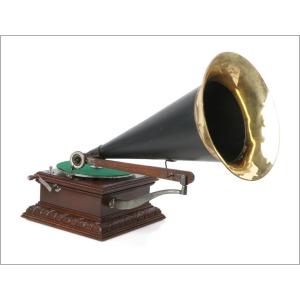



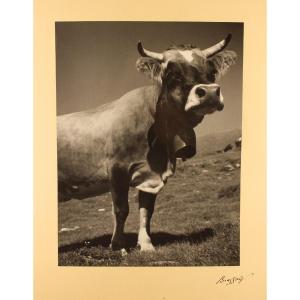







 Le Magazine de PROANTIC
Le Magazine de PROANTIC TRÉSORS Magazine
TRÉSORS Magazine Rivista Artiquariato
Rivista Artiquariato